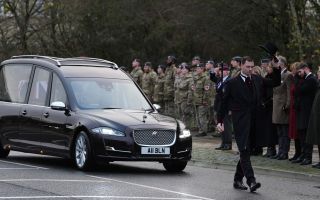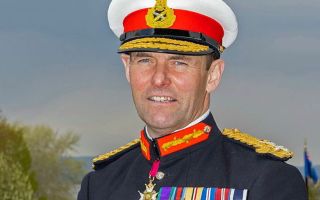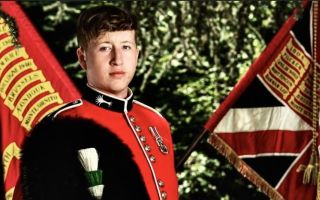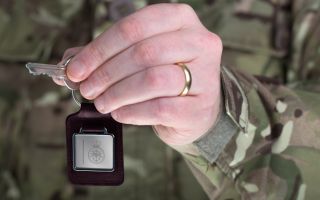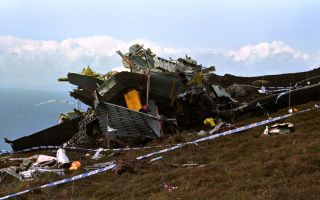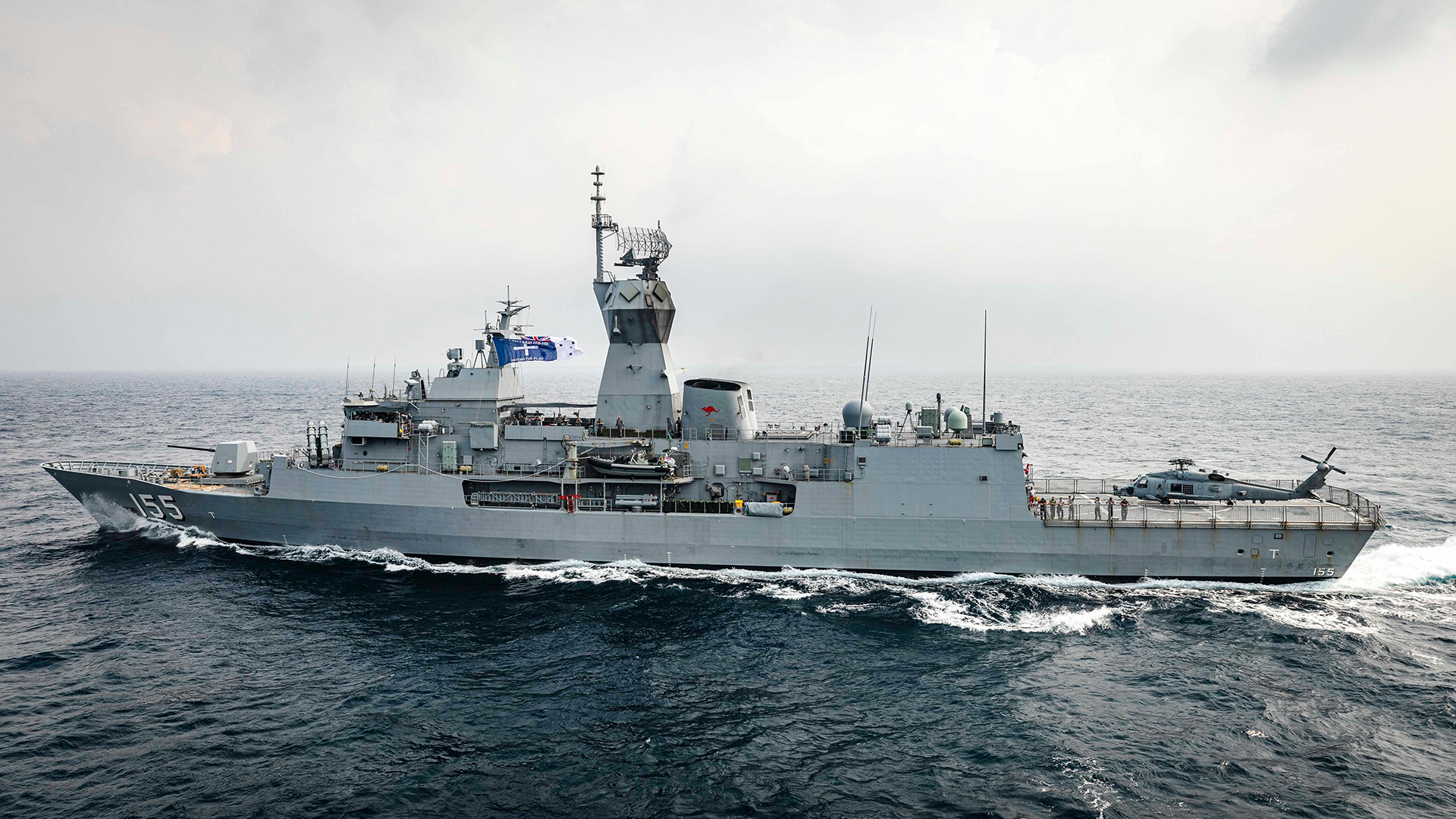
Australian navy to double surface fleet, becoming largest in its history since WWII

The federal government of Australia is planning to significantly bolster the lethal capabilities of the Royal Australian Navy, more than doubling the size of the surface combatant fleet.
Following the recommendations of a Defence Strategic Review, the Albanese government says it will double the number of warships and build six new Large Optionally Crewed Surface Vessels (LOSVs) that can be operated remotely by a support vessel during wartime.
Australia's future fleet will constitute the largest number of surface combatants since the Second World War.
According to the plans, the future Royal Australian Navy will consist of 26 major surface fleet combatants.
These will include:
- Three Hobart class air warfare destroyers with upgraded air defence and strike capabilities
- Six Hunter class frigates to boost the navy's undersea warfare and strike capabilities
- 11 new general-purpose frigates that will provide maritime and land strike, air defence and escort capabilities
- Six new Large Optionally Crewed Surface Vessels (LOSVs) that will significantly increase the navy's long-range strike capacity
- Six remaining Anzac class frigates, with the two oldest ships to be decommissioned as per their planned service life.
The defence review also recommended having 25 minor war vessels to contribute to civil maritime security operations, which includes six Offshore Patrol Vessels. The government has accepted the recommendation.
$54.2 billion budget
The total cost of the Australian plan over the next 10 years is estimated at $54.2bn. This includes an additional $11.1bn of funding for the future surface fleet and an injection of $1.7bn over the forward estimates.
This comprises the Albanese governmen's investment of an additional $30.5bn to defence's Integrated Investment Program out to 2032-33.
The government says that this investment will result in defence expenditure reaching 2.4% of GDP in the early 2030s, a notable increase from the previously projected 2.1% when the government took office.
This investment will significantly boost the shipbuilding industry in South Australia and Western Australia.
Australia's Hunter class frigates will be built at the Osborne shipyard in South Australia. This will be followed by upgrades to the Hobart class destroyer, also at Osborne, with the latest US Navy Aegis combat system.
Additionally, plans are under way to speed up the production of new general-purpose frigates, which will replace the Anzac class frigates. These new frigates will be more modern, capable, and lethal, and will require smaller crews.
Eight new general-purpose frigates and six new Large Optionally Crewed Surface Vessels will be built at the marine industry precinct located at Henderson, Western Australia.
"A strong Australia relies on a strong Navy, one that is equipped to conduct diplomacy in our region, deter potential adversaries, and defend our national interests when called," the Chief of Navy, Vice Admiral Mark Hammond said.
"The size, lethality and capabilities of the future surface combatant fleet ensures that our Navy is equipped to meet the evolving strategic challenges of our region," he added.
Australian vs British Navy
Compared to the British Royal Navy, which has HMS Queen Elizabeth and HMS Prince of Wales as its biggest warships at its helm, the Australian navy is not far behind in terms of numbers and scale.
The next largest in size order in the UK Navy after HMS Queen Elizabeth and Prince of Wales are the Albion class vessels, HMS Albion and HMS Bulwark, which can carry six Challenger tanks.
The British surface fleet consists of more than 70 ships with six destroyers making up the backbone of the Royal Navy.
While the Australian Navy is set to build 11 new general purpose frigates, the British Navy has 11 Type 23 frigates, which were originally designed for anti-submarine warfare during the Cold War.
The Royal Navy also has a specialised fleet of patrol and mine countermeasures vessels. This includes six Hunt Class vessels looking for mines and lost explosives, three Sandown Class ships, clearing UK waters of ordnance, and two Cutlass Class vessels, used to patrol naval and territorial waters around Gibraltar.
Also in the British Navy's arsenal are eight River Class offshore patrol vessels, designed to secure territorial waters and support law enforcement missions, and 16 Archer Class fast patrol boats.

